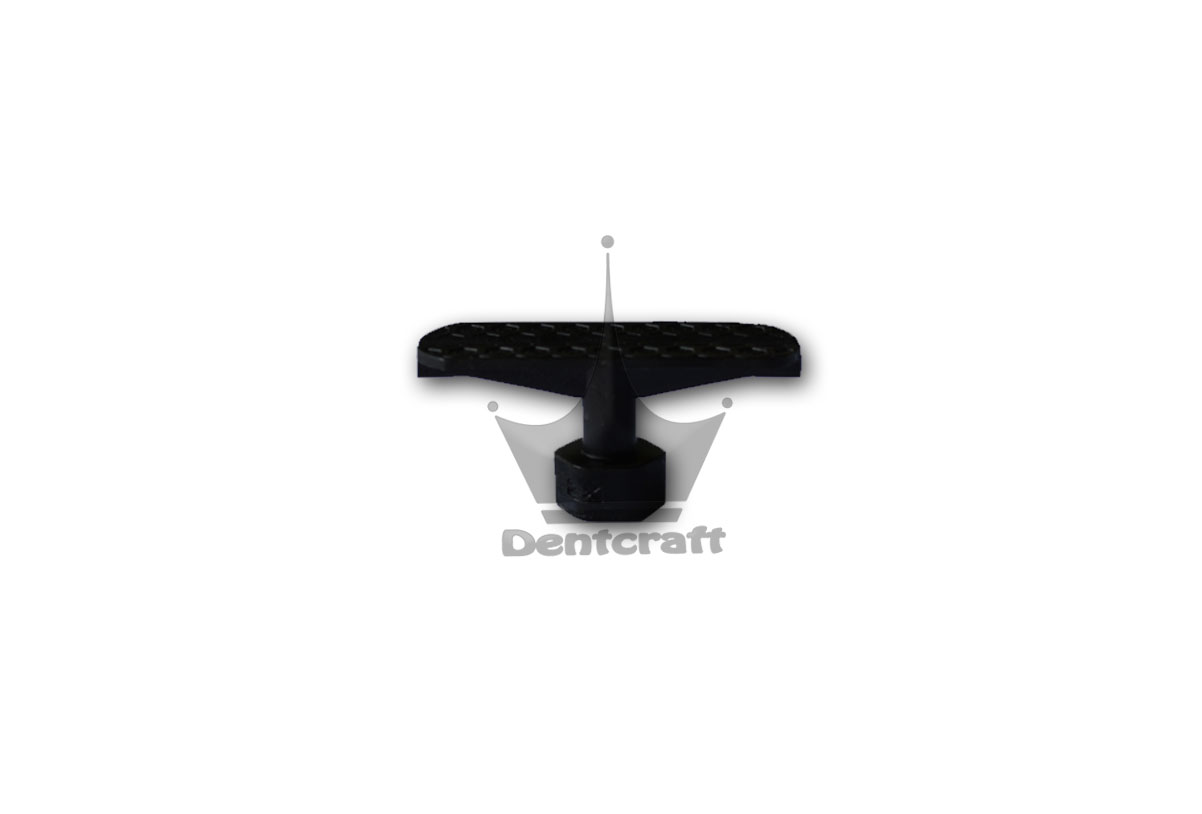


- Cronos printlife for windows install#
- Cronos printlife for windows drivers#
- Cronos printlife for windows driver#
- Cronos printlife for windows upgrade#
- Cronos printlife for windows software#
Cronos printlife for windows drivers#
And SDK logic should never have made it into the runtime in the first place.Īs a result, when Windows changed the requirements for drivers so that they could not use the old runtime installer in future drivers, we tried to redesign this to a much simpler and better system, but the convoluted older behavior proved problematic because we didn't want to break backwards compatibility. But that's not useful behavior as those two components are supposed to work even when they're separate versions. This was done to ensure that the layers would only be configured if their version matched the loader version. On top of that, the logic to configure layers was put into the runtime installer/uninstaller and not in the SDK installer/uninstaller. On top of that, the logic wasn't particularly useful, as there was no real need to keep around the old versioned copies of the runtime files.
Cronos printlife for windows driver#
This caused all sorts of trouble because even if you fixed a bug, uninstallers that were triggered by driver installs would remove old runtimes, causing the bug to happen again. On uninstallation, the runtime would remove the file that it installed, and change the file that doesn't have the version embedded into it to be the latest version that is still installed to the machine. The runtime installer used to keep a copy of the loader and vulkaninfo for every single runtime that got installed. This has been causing us trouble for some time. When the runtime installer was created over two years ago, the behavior that was settled on was over-complicated. So where would the best place to document this be? Does anyone have thoughts on the best way to do that? We can't put the documentation in old SDKs that have shipped, and it feels like it would be more useful to document it in old SDKs than new ones, since those are the ones that cause the problem. Obviously, based on this issue, we haven't done that well enough.
Cronos printlife for windows install#
That should solve the problem as long as drivers don't install old runtimes again.Īlso, in the validation layer issue, we came to the conclusion that documenting the issue and communicating should be enough. The short-term workaround is to remove all 1.1.70 and earlier SDKs and runtimes, and replace them with the latest SDK. I didn't try AMD, and I don't know what version they're installing. But its also possible that this driver would break if I had an older SDK installed. I just installed Nvidia driver 398.36 and my layer registry entries (from SDK 1.1.77.0) were left alone (the driver installed 1.1.73.0).
Cronos printlife for windows upgrade#
The long-term solution is to upgrade to 1.1.73 or later in both the runtime that the drivers installs, and the SDK. This is the same issue that was at the root of KhronosGroup/Vulkan-ValidationLayers#143. Furthermore, since driver installers should be removing old runtime installers when they are replaced, the first time you upgrade to a newer runtime, this issue will come up. While I find PrintLife an invaluable, versatile, and easy-to-use design tool for Mac, I do feel it’s time for Chronos to consider porting apps like this one to iOS, preferably with cloud storage and cross-platform support in tow that would allow starting a project on the iPad and completing it on the desktop, for example.There is a known bug that can cause those registry entries to get deleted when installing or removing a pre 1.1.73.0 runtime, while there is a 1.1.73.0 or later SDK already installed. Bookwalter/IDGĬolor schemes make it easy to save custom palettes and reuse them later in other projects-but they sadly don’t sync with other Chronos apps. Rounding out PrintLife 4’s focus on color is the ability to create up to 100 different tint blends from a pair of source hues, offering more potential pigment choices than a box of Crayola crayons.


This comes in super-handy for creating a new color theme that can then be used to apply complementary colors to a project background or other elements so they won’t clash with the overall design.Įqually convenient is the eyedropper tool, which is used to lift colors from any pixel on the screen and apply it directly to a placed object or existing color scheme. Analyze thisĪnother PrintLife 4 feature borrowed from iScrapbook 7 is the ability to analyze a selected photo and quickly create a palette comprised of the dominant colors used in that image.
Cronos printlife for windows software#
While new color options are a compelling reason to purchase, the software also includes a robust lineup of templates along with more than 5,000 included pieces of artwork-nearly 8GB of high-quality stuff-plus you can import images from anywhere, including directly from your Apple Photos library. Color schemes make PrintLife 4 feel more like professional design software, while remaining easy to use in the iLife tradition.


 0 kommentar(er)
0 kommentar(er)
